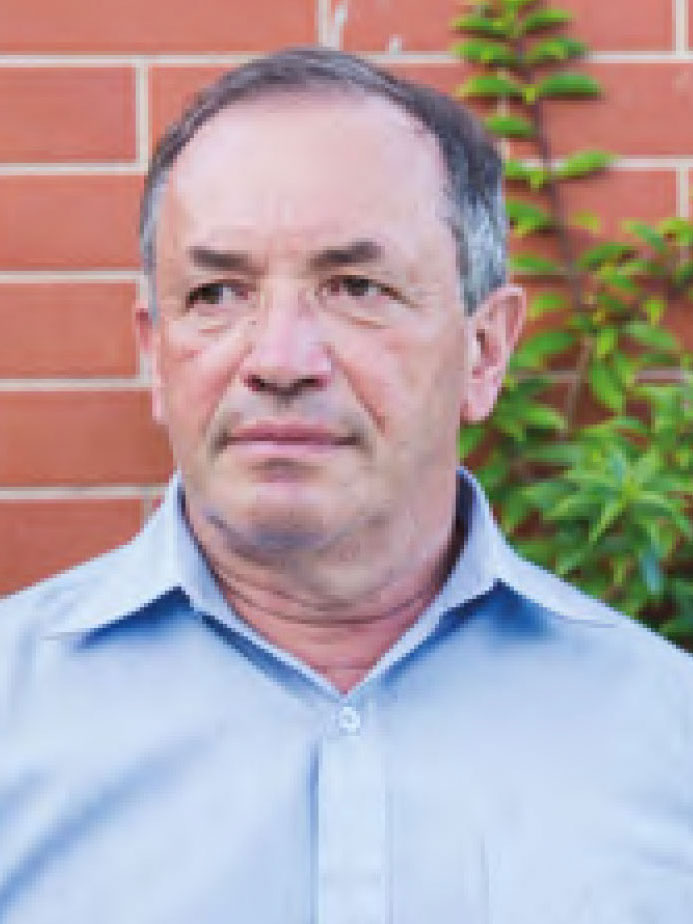Patterns formation and locally induced phase transformations in low dimensional electronic crystals
Locally induced transformations is a new hot trend in studies of cooperative electronic states. The reported work was motivated by latest STM experiments on visualization, manipulation and tracing the evolution of solitons and domain walls separating the degenerate states of electronic superlattices in quasi-1D and 2D electronic solids.
Spatial patterns appear in symmetry broken states when the optical pumping or charge injection or spin polarization form a concentration of topological defects like the solitons at the primary level of isolated 1D chains. Under cooling, the ensemble of solitons in a coupled array of chains passes through two phase transitions: i. the confinement of individual solitons into bound pairs and ii. the aggregation of microscopic solitons into macroscopic domain walls. This was confirmed by the Monte Carlo modelling including the destructive role of long range Coulomb interactions.
Layered materials demonstrate multiple charge density waves and even an enigmatic “polaronic Wigner-crystalline Mott insulator”, which are prone to formation of globules or a network of charged domain walls. The Monte Carlo simulation of the 2D classical charged lattice gas recovered an ordering phase transitions followed by a gradual coalescence of point defects into interconnected segments of domain walls which branch at vertices possessing the vorticity; the figure below show an example. The effective attraction developing from the purely repulsive Coulomb interactions follows from the charge fractionalization across the domain wall.









